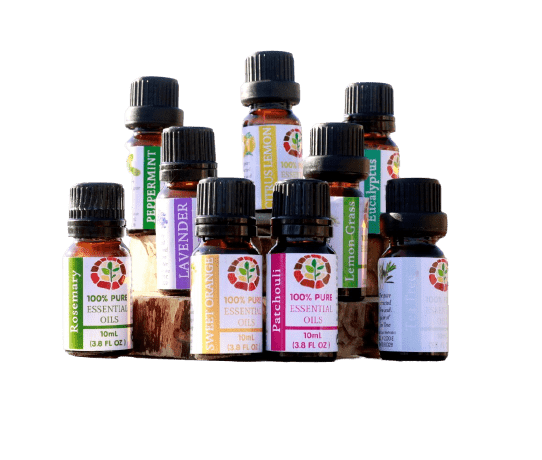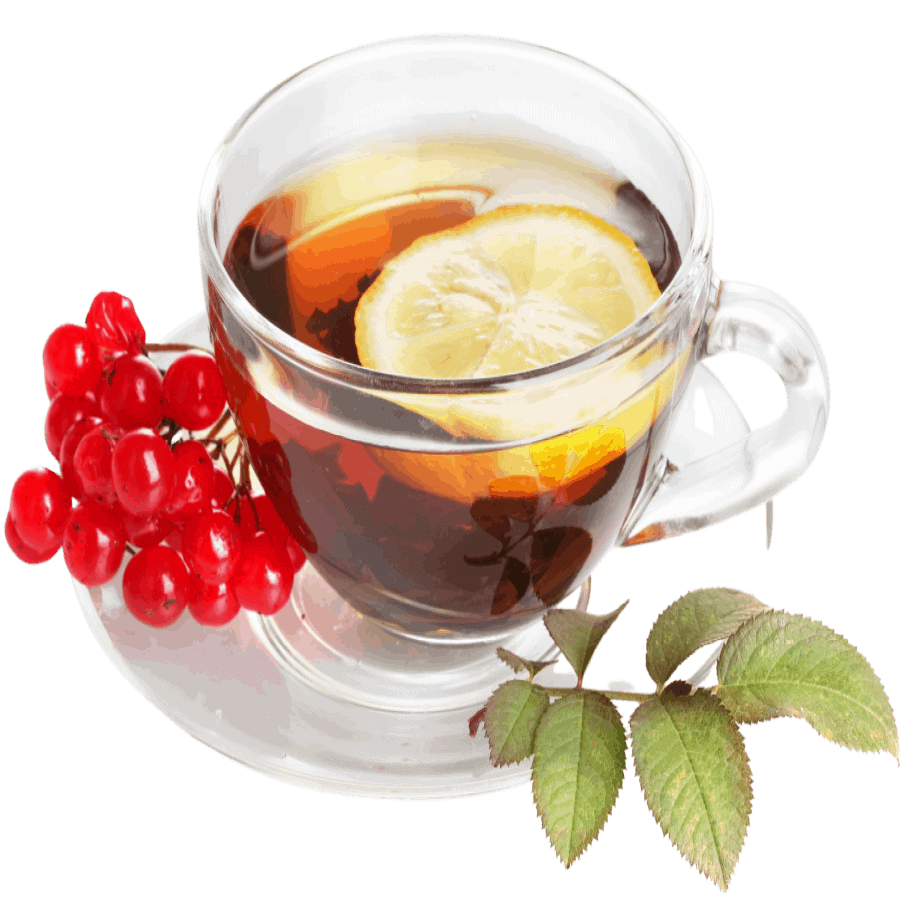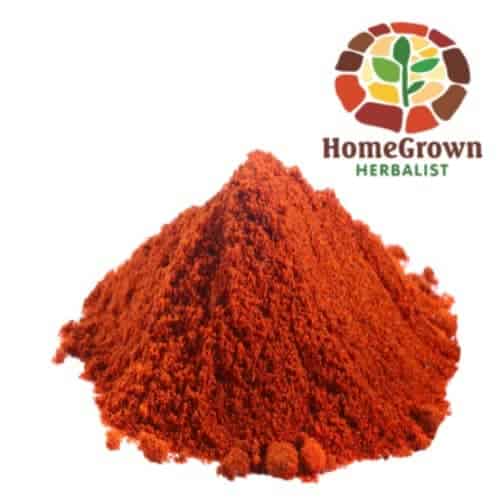Description :
Comfrey plants grow almost anywhere. They prefer rich, sweet soil and lots of sun. Comfrey roots grow deep in the soil and are covered with dark brown bark. The bark surrounds a white core. The stems and leaves are quite hairy. Comfrey leaves are largest at the bottom of the plant (up to 12 inches or more) and get smaller as you move up the stalk. They are lance-shaped with pointed tips and grow on opposite sides of the stalk. The whole plant is rich in mucilage. From root to leaf tip, Comfrey is full of it. The plants grow to about 3 or 4 feet tall. The blossoms are bell-shaped and occur throughout the summer season. The purple-blue flowers are about an inch long and die back to produce a capsule containing four seeds. In Ancient Greece, Comfrey was used to relieve pain and swelling both internally and externally, as well as heal tissue.
History and Folklore:
Comfrey, an amazing herb that has been long used throughout history to heal wounds. Since 400 BCE, Greek physicians have used Comfrey to stop bleeding, treat bronchial problems, heal wounds and mend broken bones.
Cultivation and Harvest:
Harvest the leaves when they are full and vibrant with color. Harvest the flowers right as they bloom. Harvest the root in the autumn. When harvesting the root, dig carefully around the base of the plant and as deep as you can so that you can get larger pieces of root. Comfrey will grow back from roots left in the soil.
Precautions:
Do not use if pregnant or nursing. Infants or anyone with liver problems should not take Comfrey.
Traditional Herbal Actions:
Demulcent, vulnerary, expectorant, antacid, astringent, anti-rheumatic, anti-inflammatory, anti-ulcer
Other Names:
Bruisewort, Common Comfrey, Black Root, Knitbone, Healing Herb, Wallwort, and Slippery Root
Tincture Ingredients: Comfrey (Symphytum spp.)
*These statements have not been verified by the FDA and are only referenced here as a fun fact and/or for historical commentary, not to be used as medical advice in any way. Consult your doctor before ingesting any herbal product.
None of these items or statements are approved by FDA. Consult your physician before taking any supplement. Do not take herbs or tinctures during pregnancy without consulting your healthcare provider. This product is not intended to diagnose or treat any disease. All information here is for entertainment and educational purposes only.
Description :
Comfrey plants grow almost anywhere. They prefer rich, sweet soil and a lot of sun. Comfrey roots grow deep in the soil and are covered with dark brown bark. The bark surrounds a white core. The stems and leaves are quite hairy. Comfrey leaves are largest at the bottom of the plant (up to 12 inches or more) and get smaller as you move up the stalk. They are lance-shaped with pointed tips and grow on opposite sides of the stalk. The whole plant is rich in mucilage. From root to leaf tip, Comfrey is full of it. The plants grow to about 3 or 4 feet tall. The blossoms are bell-shaped and occur throughout the summer season. The purple-blue flowers are about an inch long and die back to produce a capsule containing four seeds. In Ancient Greece, Comfrey was used to relieve pain and swelling both internally and externally, as well as heal tissue.
History and Folklore:
Comfrey, an amazing herb that has been long used throughout history to heal wounds. Since 400 BCE, Greek physicians have used Comfrey to stop bleeding, treat bronchial problems, heal wounds and mend broken bones.
Cultivation and Harvest:
Harvest the leaves when they are full and vibrant with color. Harvest the flowers right as they bloom. Harvest the root in the autumn. When harvesting the root, dig carefully around the base of the plant and as deep as you can so that you can get larger pieces of root. Comfrey will grow back from roots left in the soil.
Precautions:
Do not use if pregnant or nursing. Infants or anyone with liver problems should not take Comfrey.
Traditional Herbal Actions:
Demulcent, vulnerary, expectorant, antacid, astringent, anti-rheumatic, anti-inflammatory, anti-ulcer
Other Names:
Bruisewort, Common Comfrey, Black Root, Knitbone, Healing Herb, Wallwort, and Slippery Root
Tincture Ingredients: Comfrey (Symphytum spp.)
*These statements have not been verified by the FDA and are only referenced here as a fun fact and/or for historical commentary, not to be used as medical advice in any way. Consult your doctor before ingesting any herbal product.
None of these items or statements are approved by FDA. Consult your physician before taking any supplement. Do not take herbs or tinctures during pregnancy without consulting your healthcare provider. This product is not intended to diagnose or treat any disease. All information here is for entertainment and educational purposes only.




















Ann (verified owner) –
This product smelled so good and received fast! Thanks
Debbi Nisser (verified owner) –
Received this fast! Smells great!